Posted on August 6, 2021
Updated on March 10, 2023
4 min read time
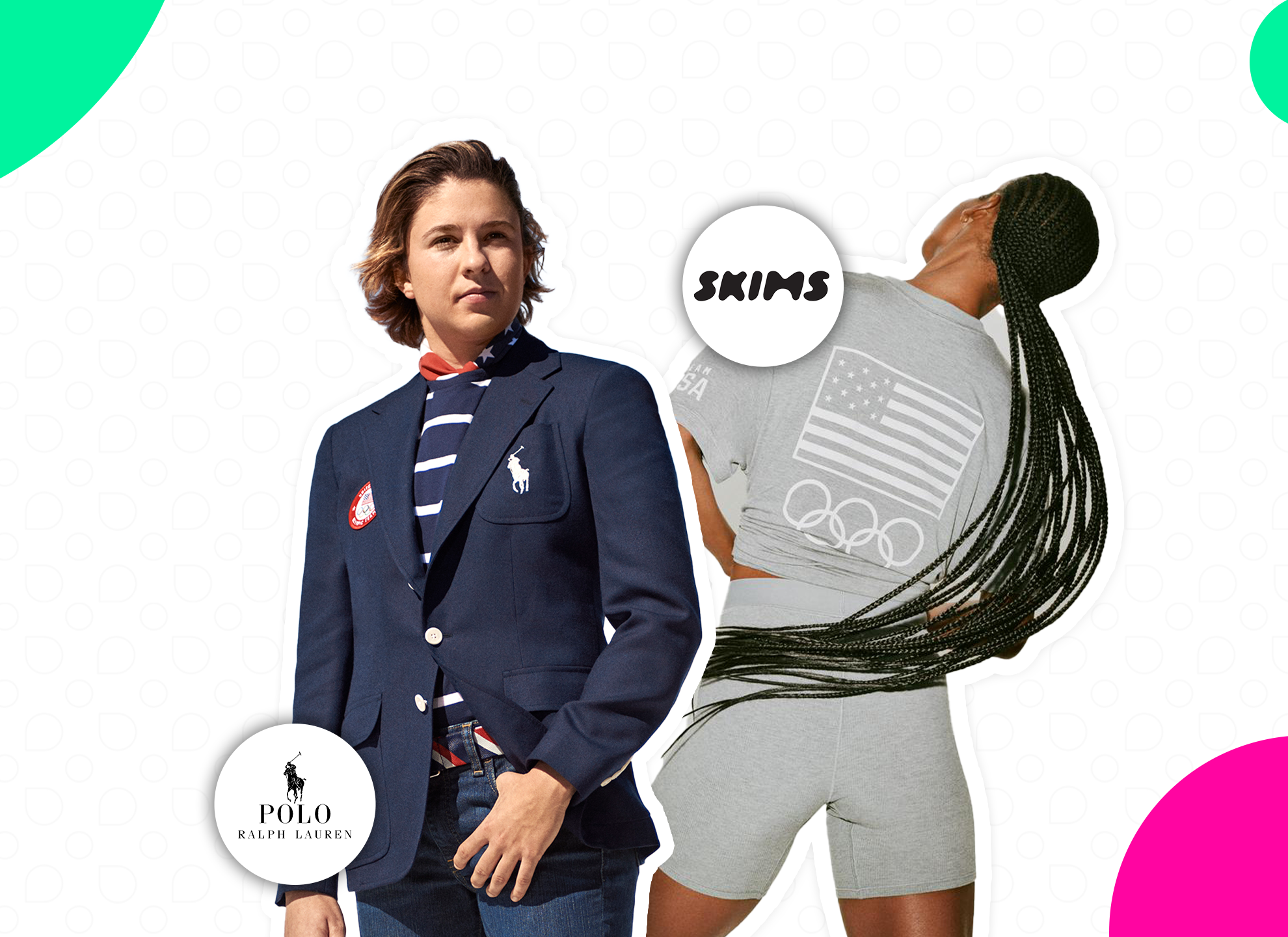
The Tokyo 2020 Olympic Games are here after more anticipation than ever due to their COVID-19 induced delay. The Olympics provide yet another massive global platform for brands to capitalize on. And the Rio 2016 Olympic Games drew in over 3.6 billion viewers around the world… so no pressure.
Words used to describe the Games range from —inspirational, patriotic, traditional… to even stuffy, some might say. The Olympics are many things, but cool isn’t usually one of them. This year, it appears they’re trying to change that.
In 2021, the stakes are particularly high for typical shining stars, Team USA. Following a tumultuous political period and abundant global criticism, the Olympics are providing an opportunity to reshape what it means to be American in a post-COVID world.
There’s a significant chance here to reposition patriotism into something Attractive and Relevant. But repositioning an institution is easier said than done.
Merchandise offers something tangible for consumers to get their hands on, and the Olympics gives the fashion industry a chance to showcase its impact on a global scale.
This year no piece of the Olympian’s wardrobe has been left unutilized. In the past, Team USA has engaged globally recognized names for their outfits. Since 2008, iconic, all-American brand Ralph Lauren designs the looks worn by Team USA in the opening and closing ceremonies, while Nike supplies the athletic wear. But there was never an official underwear designer - until now.
To usher their positioning into cooler territory, Team USA called upon Kim Kardashian’s brand, Skims, to act as the official outfitter of underwear, loungewear, and sleepwear for its female athletes.
The Partnership is significant for several reasons.
Firstly, it indicates a shift in the type of brands Olympic teams typically collaborate with, as Skims is the first celebrity-driven brand in history to dress competitors.
Secondly, it shows that a category once narrowly defined by known power players has loosened up. Now anyone can indulge in athleisure design and have it not only embraced, but encouraged, by an institution as historically significant as the Olympics. What’s more impressive is the brand is still entirely direct-to-consumer and the Partnership comes less than two years since its launch.
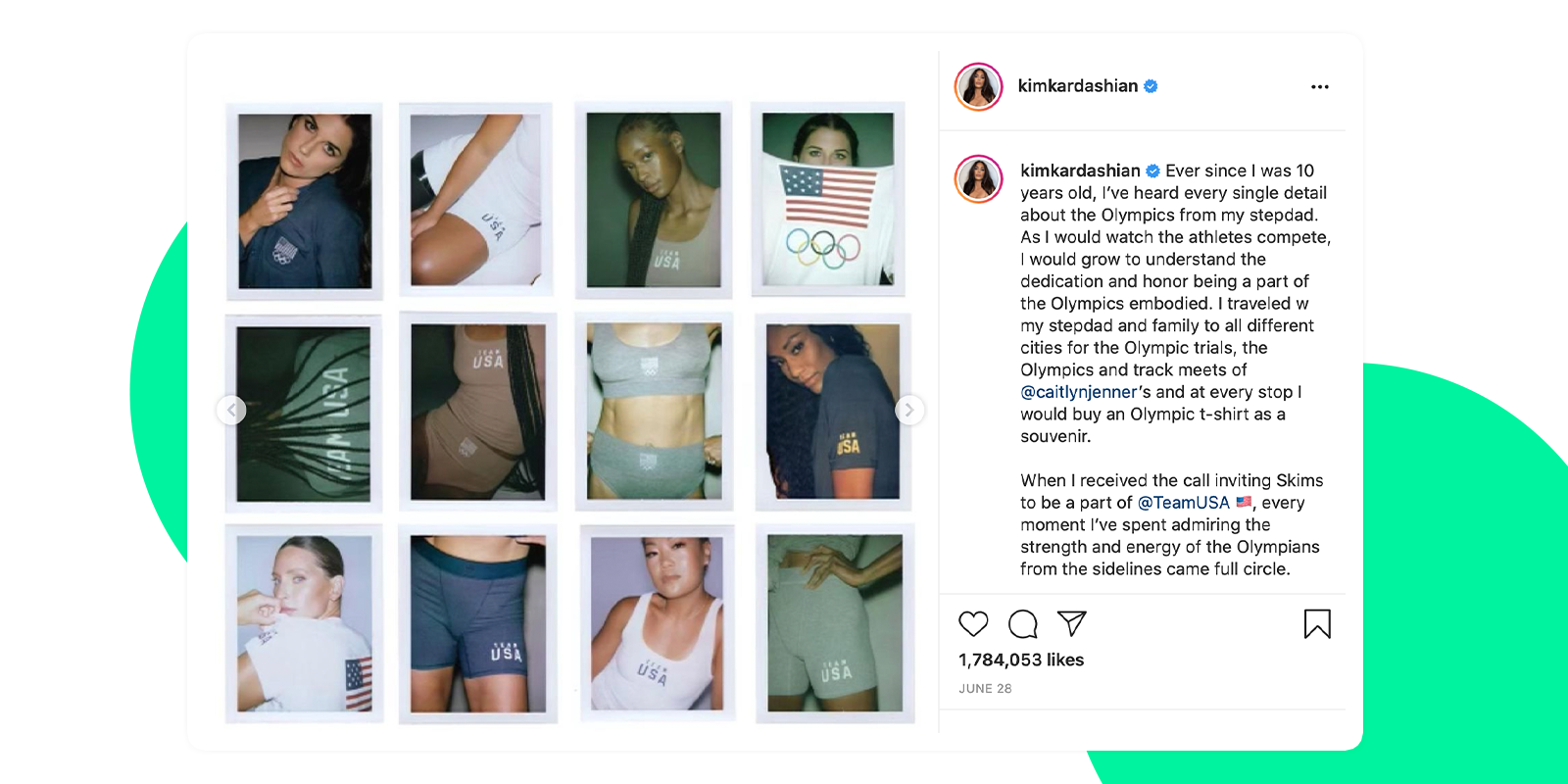
Kardashian took to Instagram to announce the Partnership, which features sports bras, briefs, shirts and more adorned with American flags, the five rings, and Team USA branding.
Where she succeeds further is in the collection’s promotional efforts: a series of sleek photos with some of Team USA’s most prominent female athletes acting as models. The capsule is simple, trendy, aesthetically pleasing and true to her brand. When it comes to Attraction and Relevance, Kardashian delivers. She’s taken the Olympics into unchartered territory and injected some much-needed excitement and allure into the Games.
The collaboration is one that works well for the Skims Proposition too. In its early stages, the brand faced backlash against false-sizing and cultural appropriation. Kardashian uses the Partnership to position her brand as one “designed to empower women to feel their best every day.” The collection’s products are guided by this proposition, coming in an extensive range of sizes and skins tones, and the diverse campaign works well to spread the message.
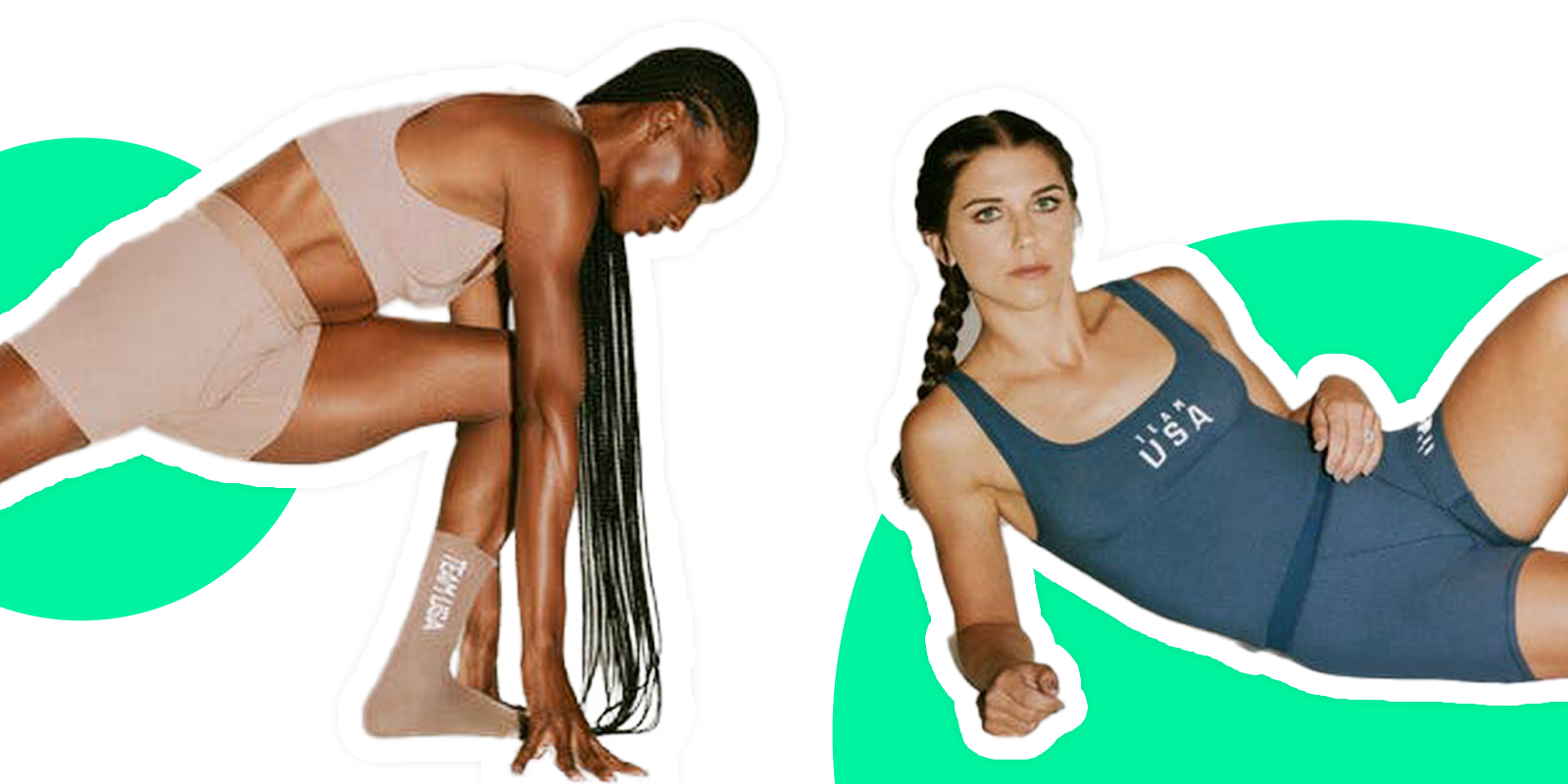
Kardashian’s work with Team USA is part of a new alignment between celebrity fashion personas and the Olympics.
Liberia is another competitive nation that takes it a step further. They’ve called upon Liberian American designer Telfar Clemens to outfit the team’s uniforms. Despite no prior experience designing athleticwear, the results are undeniably cool. Clemens not only produced the most exciting uniforms at this year’s Games, but the results have prompted him to integrate athleticwear into his brand for good.
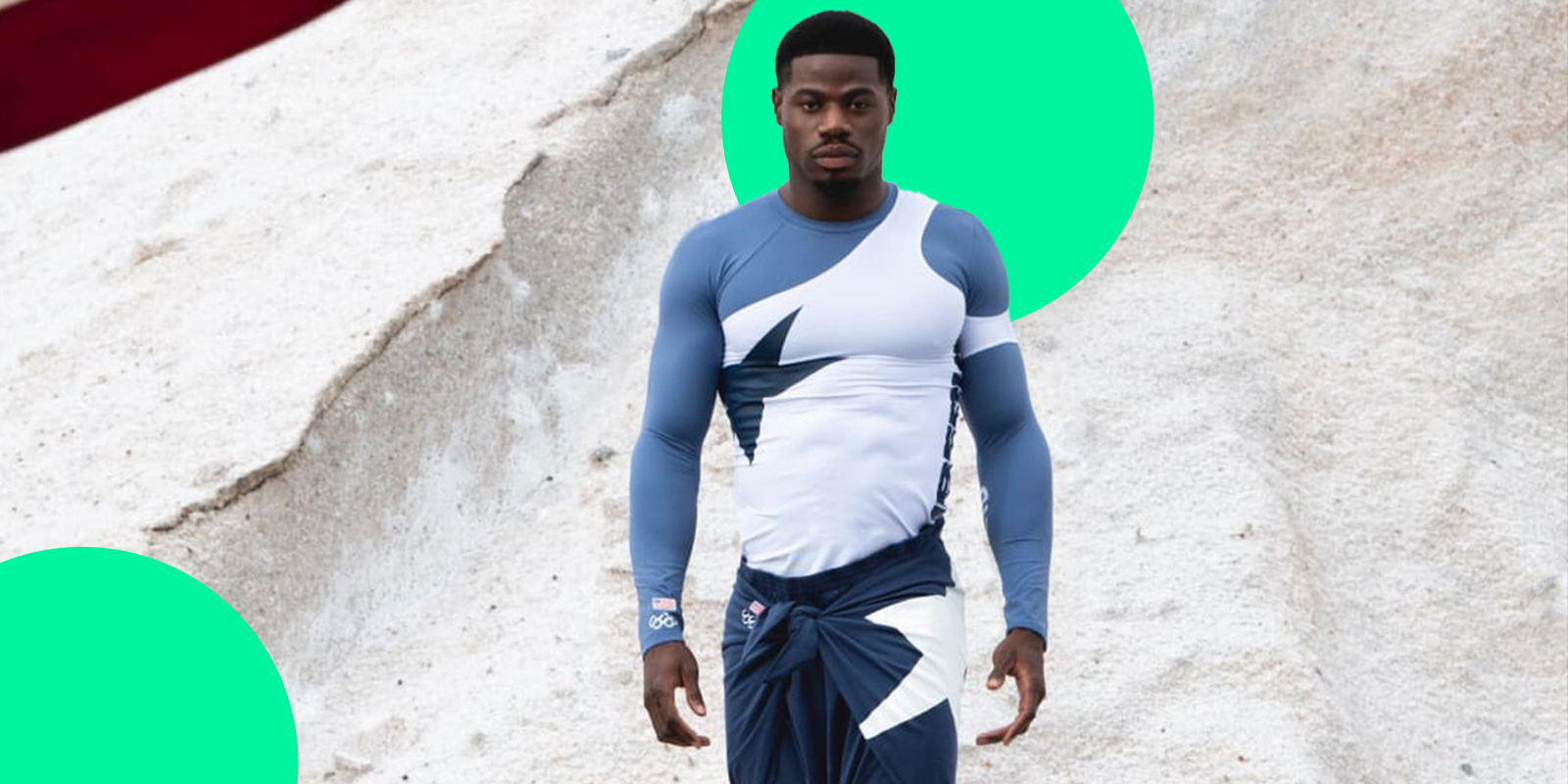
Where Kardashian and Clemens succeed, Ralph Lauren fails. Their past Olympic designs have followed a pattern—in winter, think Aspen-bound chalet wear: in summer, preppy and yacht ready. Predictably, this year’s looks were unveiled as boring and aggressively waspy—the furthest thing from a representation of today’s American youth or culture.
It begs the question: what is Team USA’s Partnership with Ralph Lauren doing to stay Relevant? Team USA have missed this exciting opportunity to bring in some much-needed real-world elements by calling upon a brand that is younger and more connected to today’s audience.
Liberia didn’t make the same error, they recognized that celebrities, content creators, and the new generation are spearheading today’s culture. Of course, opinion of the Ralph Lauren designs comes down to a matter of taste. But what can be agreed upon is that that uniforms derive inspiration from only one facet of American culture, as history often does. Not everyone needs or wants a polo shirt, but Team USA seems to be afraid of taking things to the next level and giving someone else a shot.
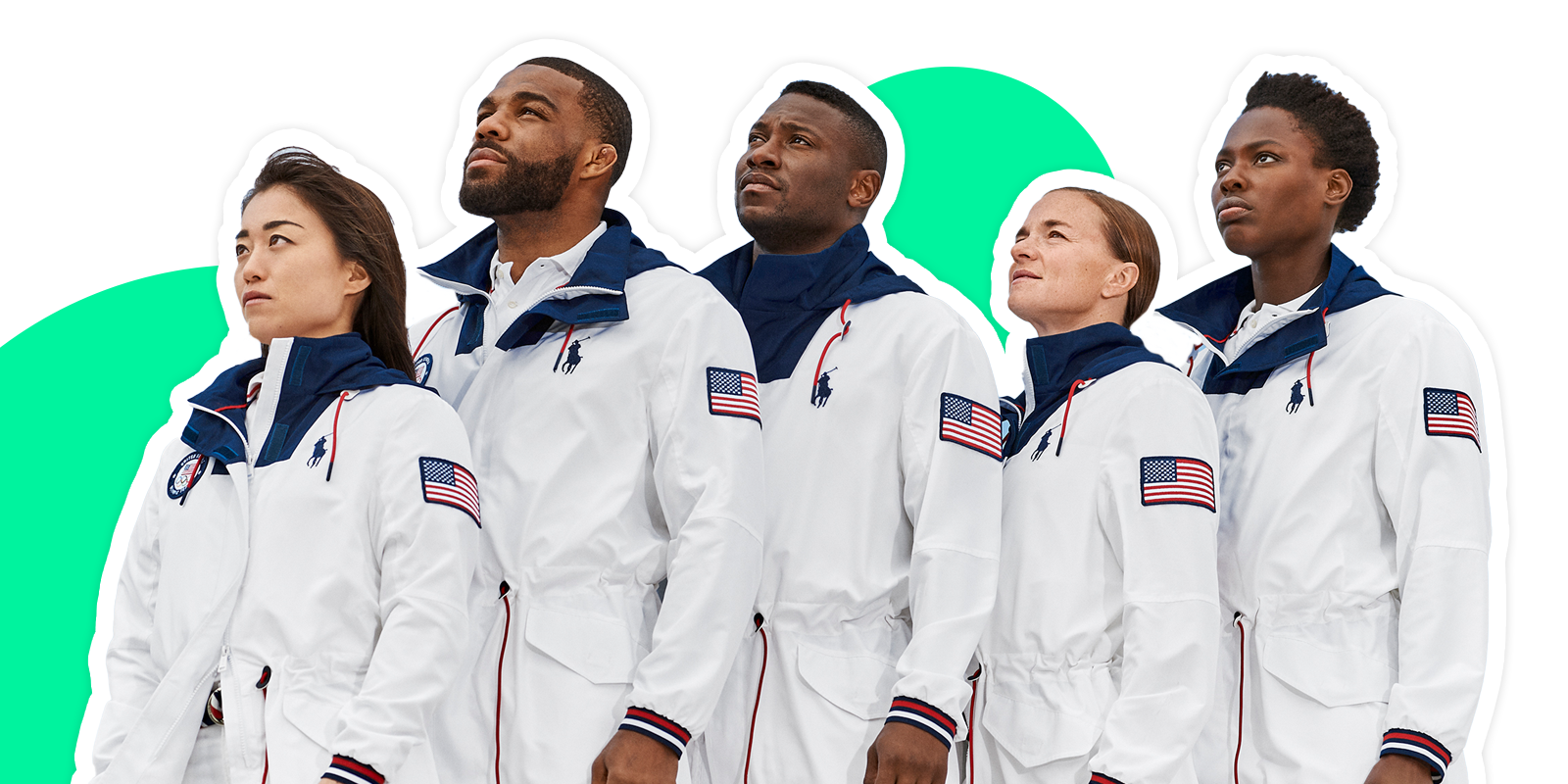
Countries and institutions themselves are brands. They communicate values and purpose. They have a style, a look and feel, and will certainly create products and merchandise to embody that. They can also have a Proposition—a promise they make to their audiences. The Proposition articulates the value the brand brings to people and informs them of all activities.
To put it simply: no, fashion can’t do all the heavy lifting and make the Olympics matter. What’s critical to a successful and strong Proposition is its lucidity and uniformity, and this is where the Olympics struggles. Teams can do as much as they want to become more Attractive and Relevant. They can shift their positioning and create products to reflect that, as Team USA tried to do in their Partnership with Skims. But if the institution itself doesn’t evolve its values, the disconnect only gets bigger.
Criticism of the Games is nothing new. Many argue that the Olympics are frozen in time and have failed to cement comfortably into the 21st century. Incidents like the suspension of American athlete Sha’Carri Richardson and the subsequent response may be the best example to stem from the Tokyo Olympics.
Gold-medal favorite in the women’s 100 meters, Richardson faced suspension and was ultimately pulled from the Games for testing positive for marijuana. She had smoked to cope with the unexpected passing of her mother, in a state where the recreational use of marijuana has been legal since 2014.
Richardson had been primed for greatness, both a crowd and competition favorite. Her suspension incited backlash from major athletes like Dwayne Wade and Odell Beckham Jr., who used social media to voice their disapproval of the I.O.C’s ruling. Even New York Congressman Jamaal Bowman took to Twitter to disparage the decision and the rule itself, deeming it inapt now that the substance is legal in 19 states.
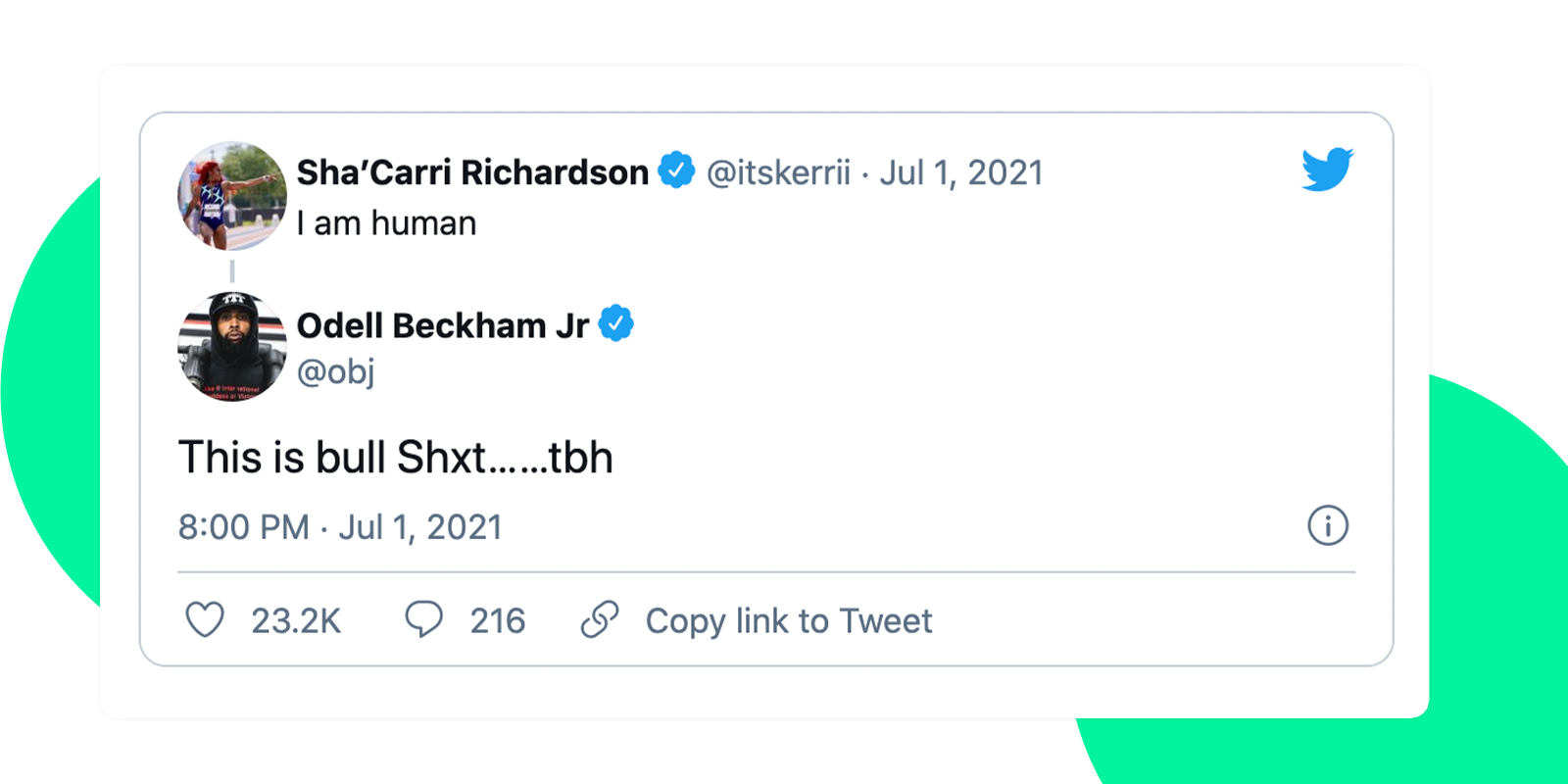
When the athletic community begins to openly criticize one of the oldest sports institutions in the world, it can lead to trouble. To redeem its Proposition, it may be time for the Olympics to realign its values and purpose with what the people want, taking it a step further than just fashion.
Instead of being occupied with topics like cannabis use and gender, they need to look within: at the system, sustainability practices, lack of diversity, and other barriers keeping them from strengthening the relationship with their audience. There’s a lot of cleaning up to do if the Games hope to become Attractive and Relevant to spectators again.
Proposition, one of ProQuo’s 14 Marketing Levers, can be a powerful tool to leverage. It can help boost how Attractive and Relevant customers believe your brand to be. Learn more about what forms the basis of a brand's proposition here.
Our intelligent platform will take your brand further, faster.
Don’t believe us?
© 2020-2023 ProQuo AI International
All rights reservedWebsite by Blend